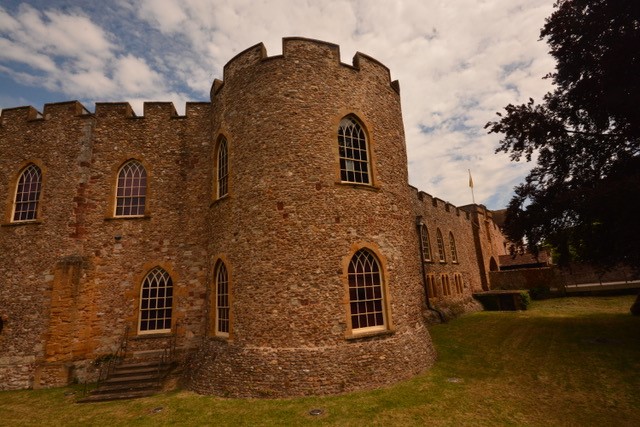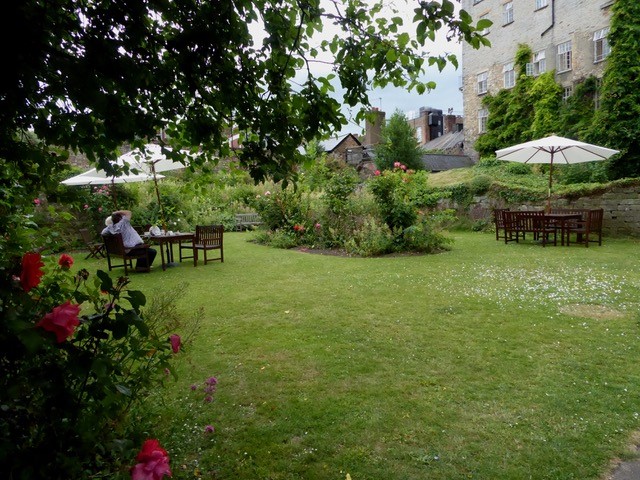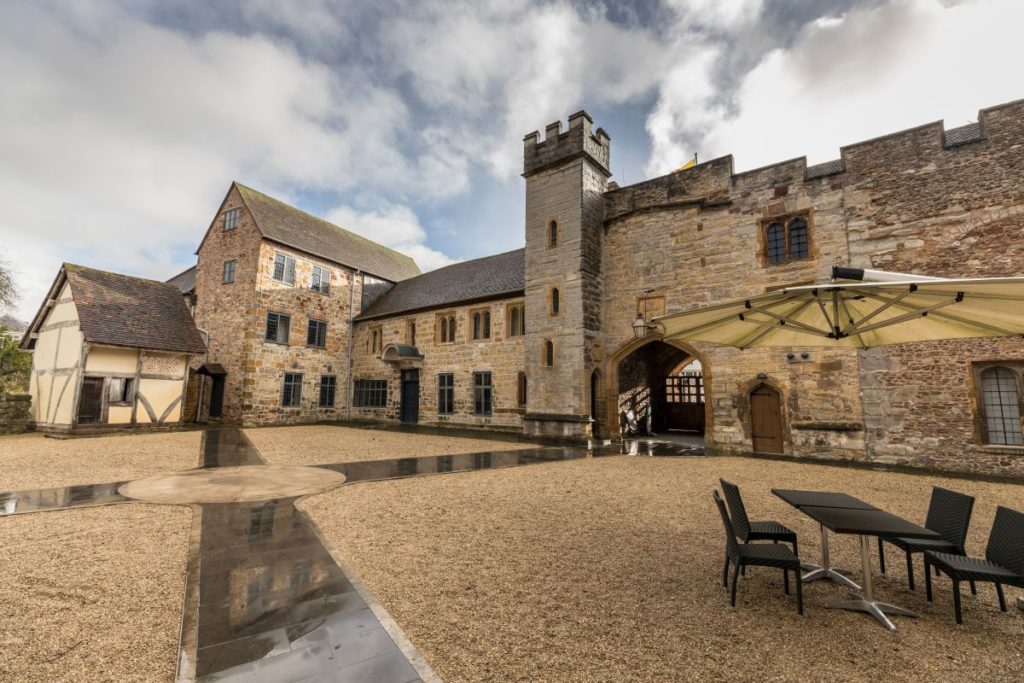Taunton Castle

If you require an in-depth description of the site, we suggest you consult Chris Webster’s monumental work ‘Taunton Castle’ published by the Society. Here we briefly intend to tell the story of the castle through key figures linked with it: a Saxon monarch, medieval clerics and a Georgian politician and entrepreneur. But let us start oddly in 1874. The inner part of the present-day complex was bought by SANHS in that year to save it from possible destruction. Our predecessors renovated the fabric and fitted out a museum, home to SANHS collections, some of which became nationally important: a worthy product of Victorian philanthropy which survived until the present century. Many older members will recall rows of glass cases in the Great Hall with specimens or artefacts to illustrate the many aspects of our county history. Responsibility for curating SANHS collections now rests with the South West Heritage Trust. The renovation of the castle in 2007-13 has given us the Museum of Somerset: no mere facelift, but a fresh perspective on what a museum of the C21 is about.
The roots of the castle date to the C8 when King Ine established a defensive position on the banks of the Tone which allowed access downstream by small boats to the sea. This probably consisted of thrown up earthworks and wooden palisades on a small scale. An extensive motte and bailey layout evolved, whose outline is visible in part today, extending to modern Corporation Street in the south. In medieval times feudal lords were able to exploit water powered corn and fulling mills nearby, where local farmers and cloth workers were obliged to pay fees to officials in the castle. And so the site became of greater economic importance in parallel with its military function.
No mention of stone is found before 1284, when turrets needed repair. Under those powerful clerics the Bishops of Winchester, Taunton Castle evolved from a bastion, to include an estate office and a church, simultaneously retaining and strengthening its defensive features. However, after the Civil War in the 1640s, it was slighted, that is, reduced militarily. As the place where justice was meted out, the Great Hall witnessed Jeffries persecution following the Monmouth Rebellion 1685. The great Whig historian Macaulay described Judge Jeffries thus; ‘his spirits rose higher and higher as the bloody work went on. He laughed, shouted, joked and swore. Many believed him drunk from morning to night.’ Over 500 prisoners were executed – a reminder in name to be found at Stonegallows on Wellington Road.
Taunton Castle remained the seat of the Assizes until the judges moved out in 1858. Sir Benjamin Hammet, the MP and businessman, had initiated remodelling of courtrooms and accommodation in the late C18. The elegant Adam style rooms in the SW tower are a product of his forceful personality (see picture) and now include the Discovery Gallery where a few SANHS treasures can be found, including the recently restored painting of ‘HMI Taunton Castle’.
The society added new galleries in the 1930s. These include the Wyndham Galleries which now house the military museum. The whole complex was refurbished in 2007-13 to create the Museum of Somerset. One is left with the question: what would it look like today if the be-whiskered gentlemen of SANHS had not stepped in all those years ago?


